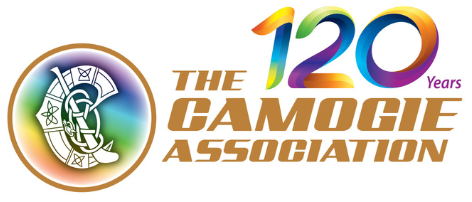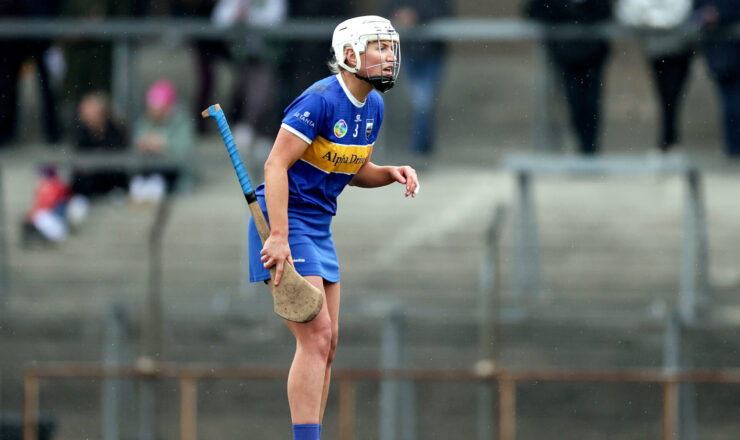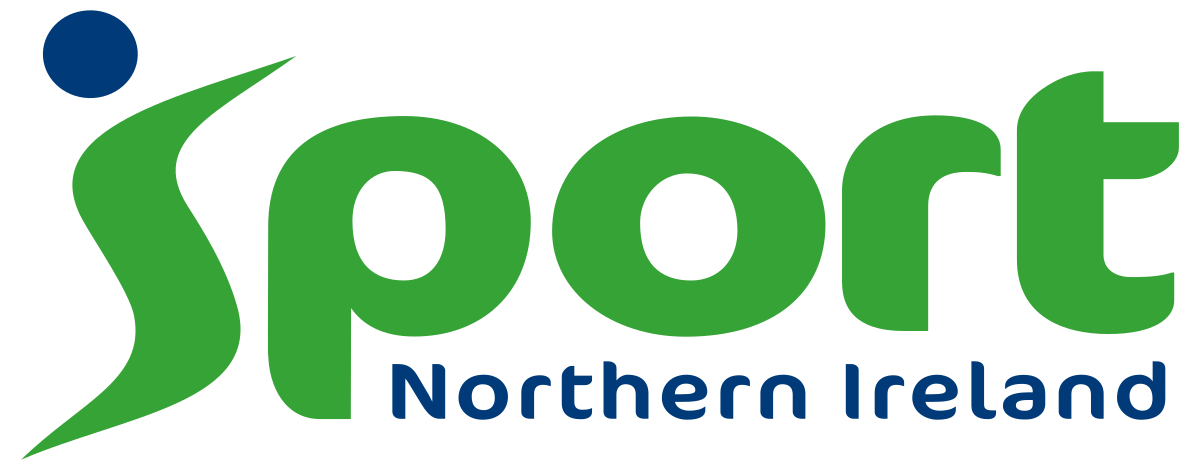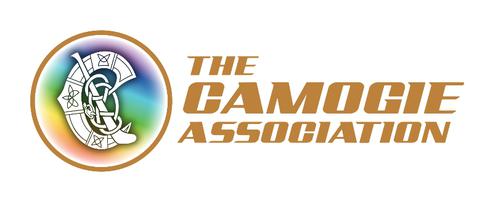Camogie Association CEO Joan O’Flynn has spoken of establishing a presence in every GAA club in the country as a desired long-term consequence of the one-club model that would be formalised by the integration of the Camogie Association with the GAA and LGFA writes Daragh Ó Conchúir.
The Camogie Association is hosting its Annual Congress in the Armagh City Hotel this weekend and on Saturday, delegates will consider a motion asking them to endorse the decision of Central Council to begin negotiations with the GAA and LGFA with a view to establishing structures that will promote and manage their games within one organisation.
The GAA and LGFA have already been given the go-ahead by their members to commence formal discussions and if, as expected, Camogie’s County delegates do likewise, the process of hammering out the nuts and bolts of an agreement can get under way.
“It’s getting past the ‘in-principle’ support for it to taking it around the table and trying to work out what’s the mutual interest” explains O’Flynn.
“It’s about how can it work itself out in terms of what’s currently there, what needs to be changed, what can be built on as being common to the Associations; and put in place a process then that brings people with us to arrive at an agreed One-Association destination.
“Given that this is the 110th year of the Association, we’d come to the integration table with strong experience. For us the opportunity is to strengthen and expand on that through integration. There are a lot of things to be worked out still but where there’s a will there’s a way.”
According to the Cork native, a natural by-product of integration should be the availability of camogie for females in all clubs, regardless of tradition or history.
Already, there has been significant growth in that area, with Kerry now having six clubs from a time not so long ago when there were none, and the county competing in the National League for the first time this year.
Clontarf (Dublin) and Coill Dubh (Kildare) are just two recent clubs to have been established, while Lisnaskea (Fermanagh) and Ballina (Mayo) are examples of more in less traditional strongholds that are in the pre-developmental stages of setting up clubs.
In her report, O’Flynn refers to untapped potential despite the massive growth of latter times. It has never been a lack of interest that has been a hurdle she argues, but a lack of opportunity. That is changing now and integration should facilitate that process further.
“Waiting for people to discover the game isn’t much of a strategy. The strategy has to be about creating opportunities to play the game. That’s what the last 10 years have proven very strongly in the case of camogie.
“What’s interesting also, is that there’s growth in hurling strongholds as well as emerging counties. This week there’s a meeting about starting a camogie club in Midleton. Now the hurling pedigree in Midleton doesn’t need to be spoken about so it’s a big point that camogie is being considered as an option in that club.
“I think we can be confident looking to the future and I can’t see why it wouldn’t be a long-term target for every GAA club to have camogie as an option.”
Some concerns have been expressed that Camogie could be swallowed up and not have its best interests served in a larger association but O’Flynn is anxious to assuage those fears.
“If you look at our last 10 years, they have been book-ended by a very buoyant decade of growth. It’s great to be in that position of strength going into a process which is actually about building on that, strengthening it further and strengthening the game further.
“It’s about having an enhanced profile, more opportunity, more investment, more coaching and referee education, more volunteer and leadership development. These are all things that are common across the Associations.”
* Pictured above Camogie Association CEO Joan O'Flynn

















